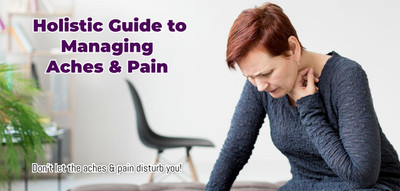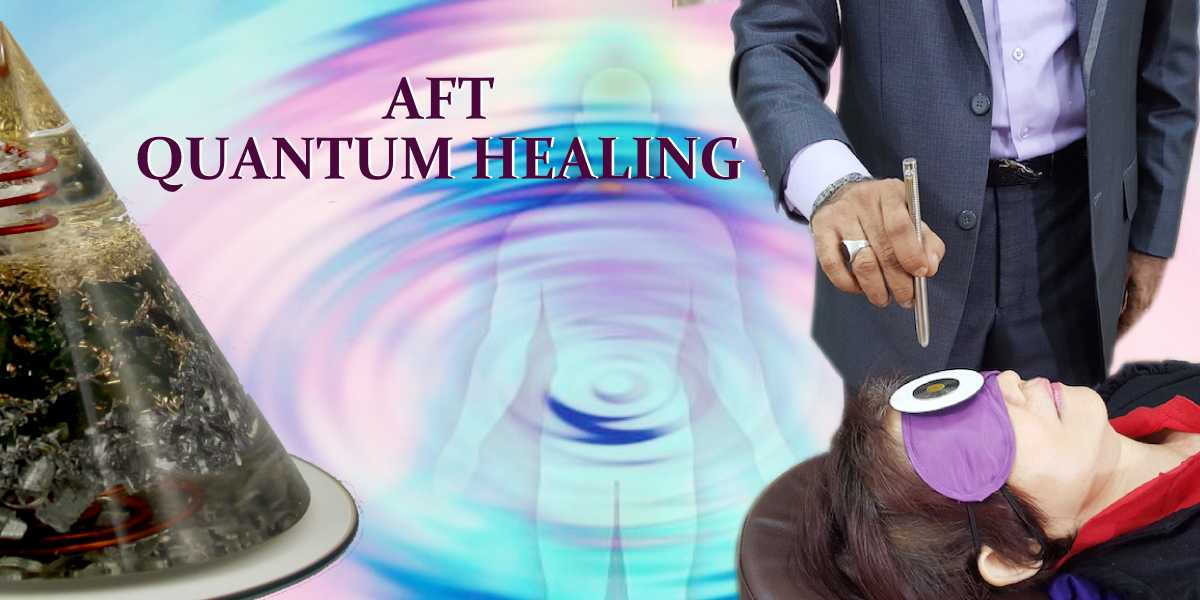Holistic Guide to Managing Aches & Pains
Posted by amwell on on 15th Mar 2023
Aches and pain can be an excruciating, debilitating experience that can take a massive toll on an individual's life. Traditional treatments for pain management often rely on powerful drugs that can cause serious side effects, so many people are turning to alternative treatments for relief. Holistic treatments for pain management offer long-term relief from chronic pain without the use of harsh medications.
Common Causes of Aches & Pains
1. Osteoarthritis: Osteoarthritis is a common cause of chronic joint pain caused by the breakdown of joint cartilage and underlying bone. It's most common in the hands, hips, knees, and spine. Symptoms include stiffness, tenderness, and decreased range of motion.
2. Fibromyalgia: Fibromyalgia is a condition characterized by chronic musculoskeletal pain, fatigue, and tenderness in specific points on the body. Symptoms can range from mild to severe and can cause significant disruption to daily life.
There are several different types of pain, and each may have different causes. Here are some examples:
1. Nociceptive pain: This type of pain is caused by damage or injury to tissues such as skin, muscles, bones, or organs. Nociceptive pain can be acute or chronic and is often described as aching, sharp, or throbbing.
2. Neuropathic pain: This type of pain is caused by damage to the nerves themselves or changes in the nervous system. Neuropathic pain can be caused by conditions such as diabetes, shingles, or nerve damage from surgery. It is often described as burning, shooting, or tingling.
3. Inflammatory pain: This type of pain is caused by inflammation, which can be a result of injury, infection, or autoimmune diseases. Inflammatory pain is often described as dull, aching, or throbbing.
4. Psychogenic pain: This type of pain is caused by psychological factors, such as anxiety, depression, or stress. Psychogenic pain may be triggered by emotional or psychological events and is often described as aching or dull.
5. Idiopathic pain: This type of pain has no identifiable cause and may be chronic or intermittent. Idiopathic pain is often described as aching, sharp, or shooting.
6. Cancer pain: This type of pain is caused by cancer itself or the treatments for cancer. Cancer pain can be acute or chronic and is often described as aching, sharp, or burning.
Seniors may experience pain more than younger individuals due to a variety of reasons, including:
1. Age-related changes in the body: As people age, their bodies undergo natural changes such as loss of muscle mass, decreased bone density, and decreased flexibility, which can lead to increased stiffness, pain, and discomfort.
2. Increased prevalence of chronic conditions: Seniors are more likely to have chronic conditions such as arthritis, osteoporosis, and back pain, which can cause ongoing pain and discomfort.
3. Increased likelihood of injuries: Seniors may be more prone to falls and injuries due to age related changes in balance and mobility, which can lead to pain and discomfort.
4. Use of medication: Seniors may be more likely to use medication to manage chronic conditions or other health issues, which can lead to side effects such as pain or discomfort.
5. Emotional factors: Seniors may experience stress, anxiety, or depression, which can contribute to pain and discomfort.
It is important to note that pain is not a normal part of aging, and seniors should seek medical attention for persistent or severe pain. Healthcare professionals can help identify the cause of pain and develop a treatment plan that is appropriate for each individual.
There are several natural remedies and holistic treatments that can be used to relieve aches, pain, and stress. Here are some examples:
1. Exercise: Regular physical activity can help reduce pain, alleviate stress, and improve mood. Exercise releases endorphins, which are natural painkillers, and can also help strengthen muscles and improve flexibility.
2. Holistic healing: to cleanse, balance and rejuvenate the life force energy. One very effective is the self-healing with the AFT Amwand or the AFT Quantum Healing executed by professional AFT Quantum healing Facilitators.
3. Massage therapy: Massage can help reduce muscle tension, improve circulation, and promote relaxation. Massage therapy can be particularly helpful for those experiencing muscle pain, tension headaches, and stress-related symptoms.
4. Mind-body practices: Practices such as yoga, tai chi, and meditation can help reduce stress, improve flexibility, and alleviate pain. These practices can also help improve sleep quality and enhance overall well-being.
5. Herbal remedies: Certain herbs such as turmeric, ginger, and chamomile have anti-inflammatory properties and may help relieve pain and reduce stress. However, it is important to consult with a healthcare professional before taking any herbal supplements.
8. Improve your diet with proper nutrition. Switch on your epigenetics with DNA SwitchON to boost your body with glutathione production and Amgenex Amsole - to ensure adequate supply of minerals.



